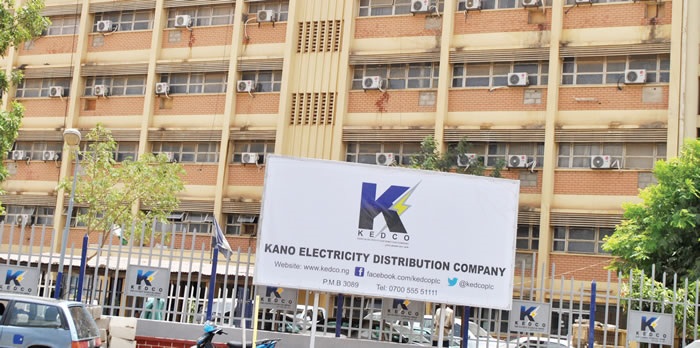In the vast expanse of the US, air travel has become an arduous journey plagued by various challenges. While stormy weather poses a significant threat, recent events have highlighted a deeper issue within the country’s air travel system. Severe storms in the past week unleashed havoc, resulting in a multitude of cancellations and delays, laying bare the system’s inability to adapt and respond effectively.

Unveiling The Root Cause
The inclement weather acts as a catalyst, revealing a fundamental weakness in the system: insufficient staffing within airlines and federal aviation agencies. Despite receiving a substantial $54 billion lifeline from taxpayer funds to survive the travel drought induced by the pandemic, most carriers continue to grapple with a severe shortage of personnel. Moreover, the process of rehiring has proven to be a lengthy and intricate ordeal, surpassing initial expectations.
Impacted Capacity And Lingering Consequences
The repercussions of these staffing woes reverberate throughout the aviation industry. Data obtained from Cirium, an aviation analytics firm, paints a bleak picture of the current quarter’s air travel landscape. The overall capacity of US air carriers has witnessed a staggering 10% decline compared to pre-pandemic levels in 2019, before the world was engulfed by the disruptive forces of Covid-19. This data underscores the enduring challenges faced by the industry, signaling an arduous road to recovery.

The Struggle For Stability: Airlines’ Staffing Woes
Airlines, once the lifeblood of global connectivity, find themselves caught in a vortex of uncertainty. The profound impact of the pandemic continues to reverberate, leaving carriers grappling with an unenviable dilemma. Despite the infusion of billions of dollars in taxpayer funds, their workforce remains significantly diminished. Rebuilding their teams has proven to be an intricate puzzle, testing their resilience and adaptability.
Federal Aviation Agencies: Understaffed And Overburdened
The burden of effective air travel management extends beyond the airlines themselves. Federal aviation agencies, responsible for ensuring the safety and efficiency of the nation’s skies, face their own set of challenges. Staff shortages within these critical organizations amplify the complexities of maintaining seamless operations, exacerbating the strain on an already fragile system. The consequences are felt not only by the industry but also by millions of passengers relying on a functioning air travel infrastructure.
Delays And Cancellations: Frustration For Passengers
Passengers, eager to embark on their journeys, are confronted with an unfortunate reality: a surge in flight cancellations and delays. The reduced staffing levels within airlines and federal aviation agencies inevitably lead to compromised operational efficiency, resulting in a substantial number of disrupted travel plans. Frustration mounts as passengers face the arduous task of rearranging their itineraries and grappling with unpredictable schedules.
Economic Ramifications: Impact on Air Carriers and Beyond
The repercussions of the air travel industry’s struggles extend far beyond the realm of inconvenience. The reduction in overall capacity inflicted by staffing shortages significantly hampers airlines’ ability to generate revenue. The ripple effect permeates various sectors of the economy, from tourism to hospitality, as diminished connectivity impedes the movement of people and goods. The economic vitality of local communities and national economies alike hangs in the balance.
Necessary Steps Towards A Resilient Air Travel System
Addressing the staffing crisis necessitates a multifaceted approach. Airlines must prioritize recruitment efforts to attract qualified candidates who can fill crucial roles within the industry. Investing in comprehensive training programs will ensure that new hires are equipped with the necessary skills and knowledge to navigate the complexities of air travel. Collaborations with educational institutions and vocational training centers can further enhance the talent pool and create a sustainable pipeline of skilled professionals.
Streamlined Hiring Processes: Expedite Rebuilding Efforts
Efficiency is paramount when it comes to rebuilding airline staff. Streamlining the hiring processes, such as accelerating background checks and expediting the issuance of necessary certifications, can significantly reduce the time it takes to onboard new employees. Close collaboration between airlines and regulatory bodies is vital in implementing streamlined procedures without compromising safety and security standards.
Government Support: Sustaining the Industry’s Recovery
Government intervention plays a pivotal role in ensuring the resilience of the air travel industry. Continued financial support and incentives can aid airlines in their efforts to rebuild their workforce and regain stability. Collaborative initiatives between federal aviation agencies and airlines can facilitate the implementation of innovative solutions to address staffing challenges. Additionally, investing in infrastructure improvements and modernizing air traffic control systems can enhance operational efficiency and alleviate the strain on existing personnel.
Embracing Technological Advancements: Enhancing Operational Efficiency
Embracing cutting-edge technologies can serve as a catalyst for overcoming staffing limitations. Automation and artificial intelligence (AI) can streamline routine tasks, freeing up personnel to focus on critical operations. From automated check-in systems to AI-powered predictive maintenance, these advancements have the potential to revolutionize the industry and optimize resource allocation.
Collaboration And Knowledge Sharing: Industry-wide Cooperation
To navigate the stormy skies ahead, collaboration and knowledge sharing are essential. Airlines, federal aviation agencies, industry associations, and academic institutions must work together to develop best practices, share insights, and explore innovative solutions. Establishing platforms for open dialogue and cooperation can foster a collective effort towards a more robust and efficient air travel system.

A Path Towards Resilience
While stormy weather acts as a temporary disruptor, the underlying staffing challenges within the US air travel system reveal a deeper-rooted problem. Rebuilding the industry’s workforce and addressing staffing shortages require a comprehensive and collaborative approach. By prioritizing recruitment, streamlining processes, and leveraging technological advancements, the air travel industry can strive towards a resilient future.
Government support and industry-wide cooperation will be pivotal in ensuring a sustainable and efficient air travel system that can weather any storm. As passengers, it is our hope that these efforts will restore the joy and convenience of air travel, reconnecting us to the world with ease and confidence.





